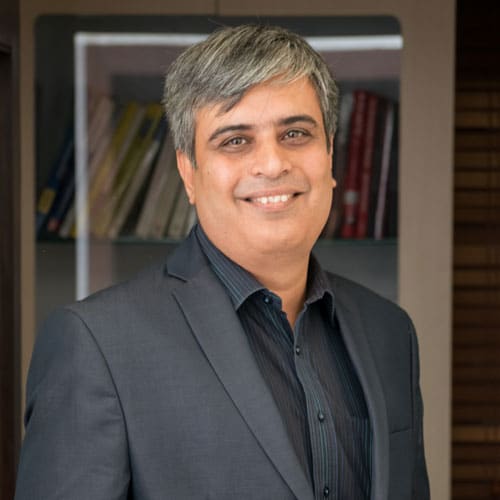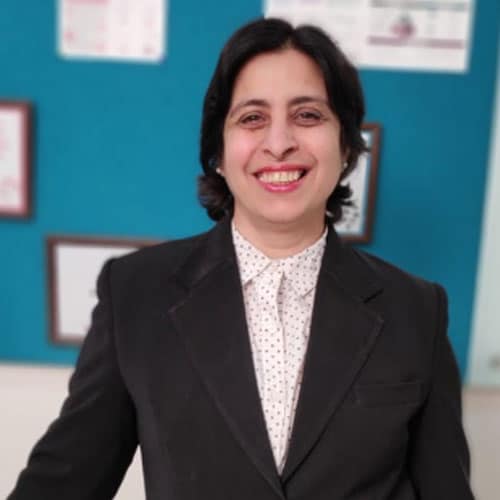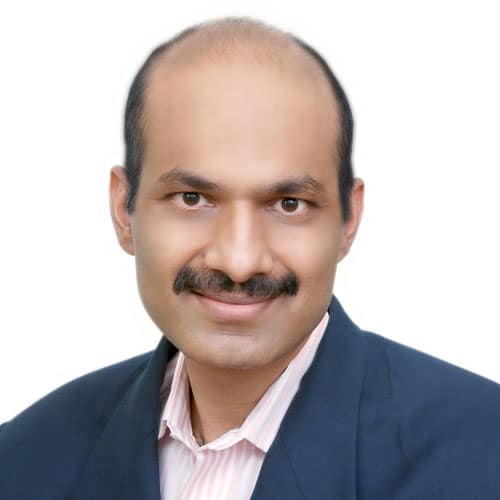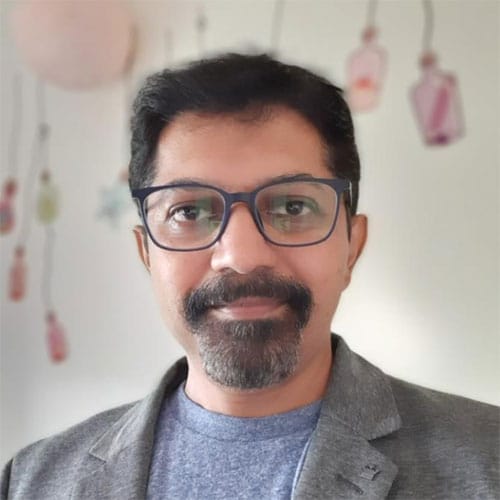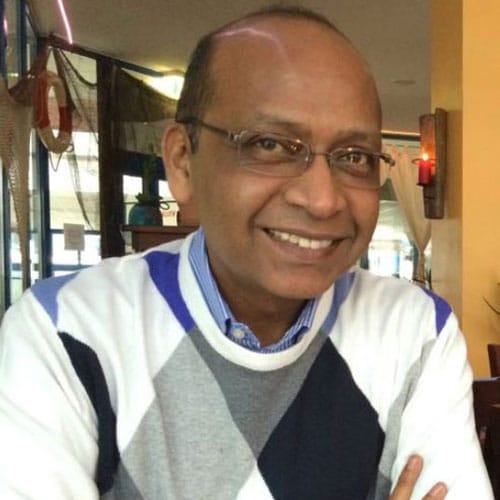
Role Transition / Career Growth
Anu Wakhlu - Coach
Role Transition / Career Growth
The coachee was at the CXO level of a leading organization. He was to transition to a CEO role in the next 1 year. The main challenge for the coaching was that the coachee was not putting his attention to the most important things that were required for business to grow. His attention would get diverted by fire-fighting and getting caught in a myriad of operational issues. This impacted the strategic growth of the organization since the CXO was involved more with operational matters.
The coaching process involved working with the coachee over 14 sessions to firstly identify his life’s goals and vision for himself as a starting point. We then looked at his career goals –one of which was to be a successful CEO and take the company to new heights. The coachee then identified what he should be doing in order to be successful in his future role and where he is on those parameters as of now. The main causes for distraction and getting into operational matters was discussed. The reason was his expertise in the same.
The coachee was able to introspect and identify that unless he chooses to create a powerful pull for his new role and plan his time around key strategic matters –he would continue to get caught into operational matters. This was a big break-through for him. He created a not to do list and ensured that he plugged his calendar with key priorities and said no to distractions. This took about 5 sessions. The remaining sessions were on how the plan was working and surfacing what got in the way. The coachee was able to dispassionately assess his own progress and look at ways in which he could manage his big goals. A few practices that helped this were identified and built into his daily routine.
At the end of the coaching sessions, the person transitioned into the CEO role. His attention was now automatically more on the long term vision and goals of the organization. He saw himself as an enabler and not a doer. Due to this, he was able to delegate more and therefore also enhance the capability of his direct reports by giving them more empowerment and authority. The 360 degrees repeat assessment showed positive scores on his strategic ability from his internal stakeholders.
Anu Wakhlu
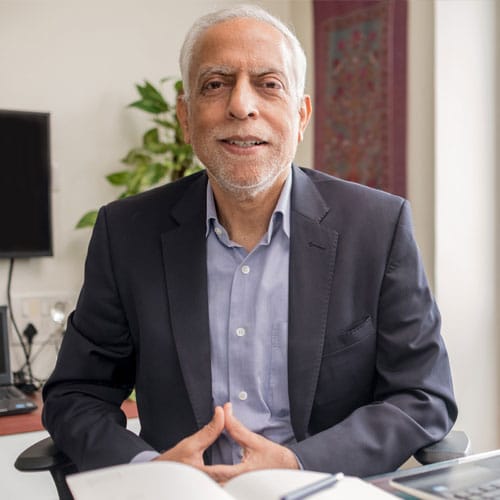
Influencing and political skills
Arun Wakhlu - Coach
Influencing and political skills
The main issue that the coachee was facing was inability to influence and create impact. This was significant since he was at a CXO level. He wanted to enhance his ability to handle political situations at the workplace.
During the probing stage which is part of the coaching process, it appeared that the foundational issue was that the coachee had a distracted and unfocused mind. This led to his lack of presence, assertiveness, ownership, larger vision, weak capacity to influence, lack of capacity to be impactful in presenting, poor time management and poor listening.
All the above challenges were resolved through a basic practice of mindfulness and then building the requisite insights and skills to enhance influencing and stakeholder management.
There were significant breakthroughs in effectiveness and well-being of the coachee. The coachee got promoted and this resulted in positive impacts on the business front.




